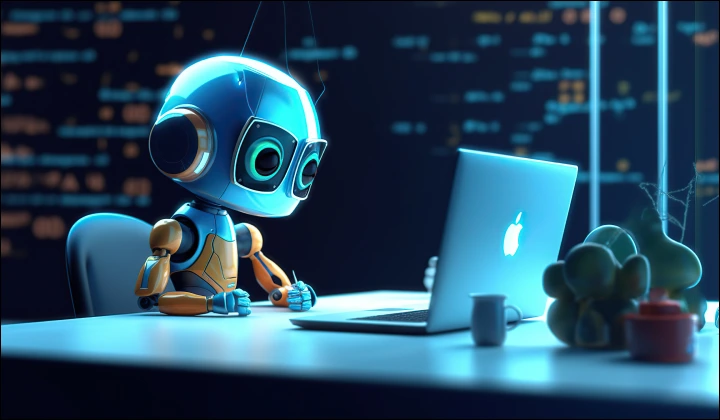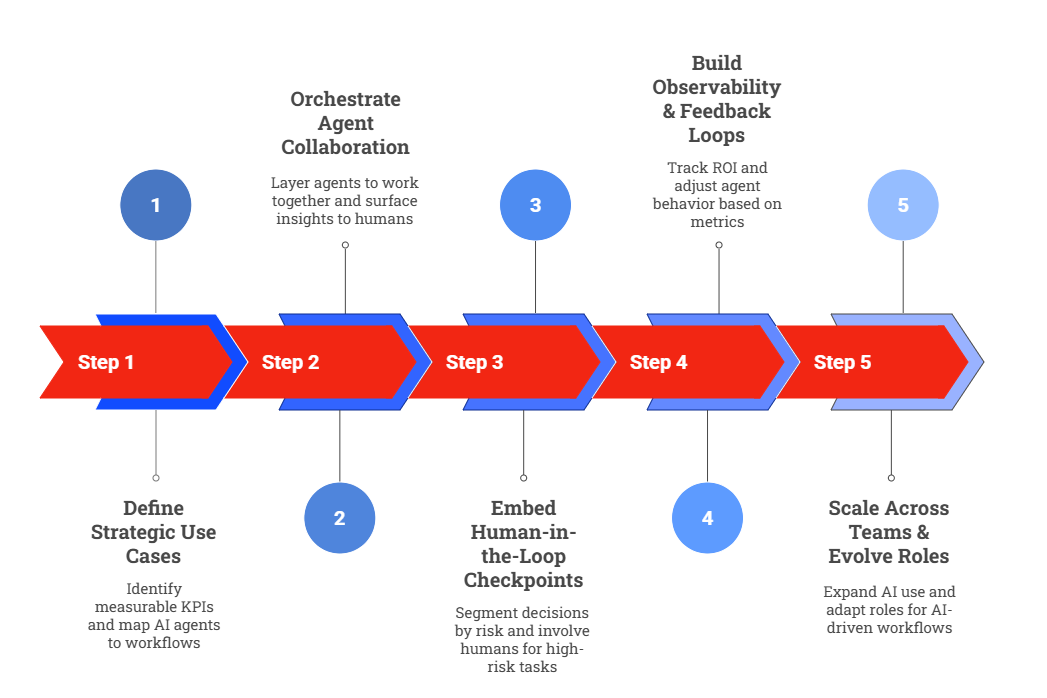Over the last few months, I’ve been following discussions on Reddit where developers, founders, and engineering leaders are asking a surprisingly consistent question: “How do you actually use agentic AI in software development?”
Some are curious about automating code reviews, others about test coverage or backlog prioritization. But the common thread is – everyone senses the potential, but very few have clarity on how to make it work inside a real engineering culture.
That struck a chord with me, because at Azilen we’re in the middle of the same exploration with our clients.
Generative AI copilots have already shown how they can accelerate developer productivity, but agentic AI is different, since it can plan, execute, and adapt.
This blog is my attempt to share how we, at Azilen, think about agentic AI in software development: where it creates value, how to roll it out responsibly, and what it means for your engineering culture.






 7 mins
7 mins











 Talk to Our
Consultants
Talk to Our
Consultants Chat with
Our Experts
Chat with
Our Experts Write us
an Email
Write us
an Email





